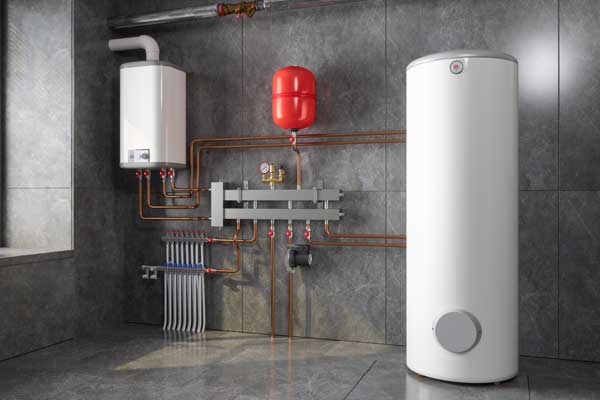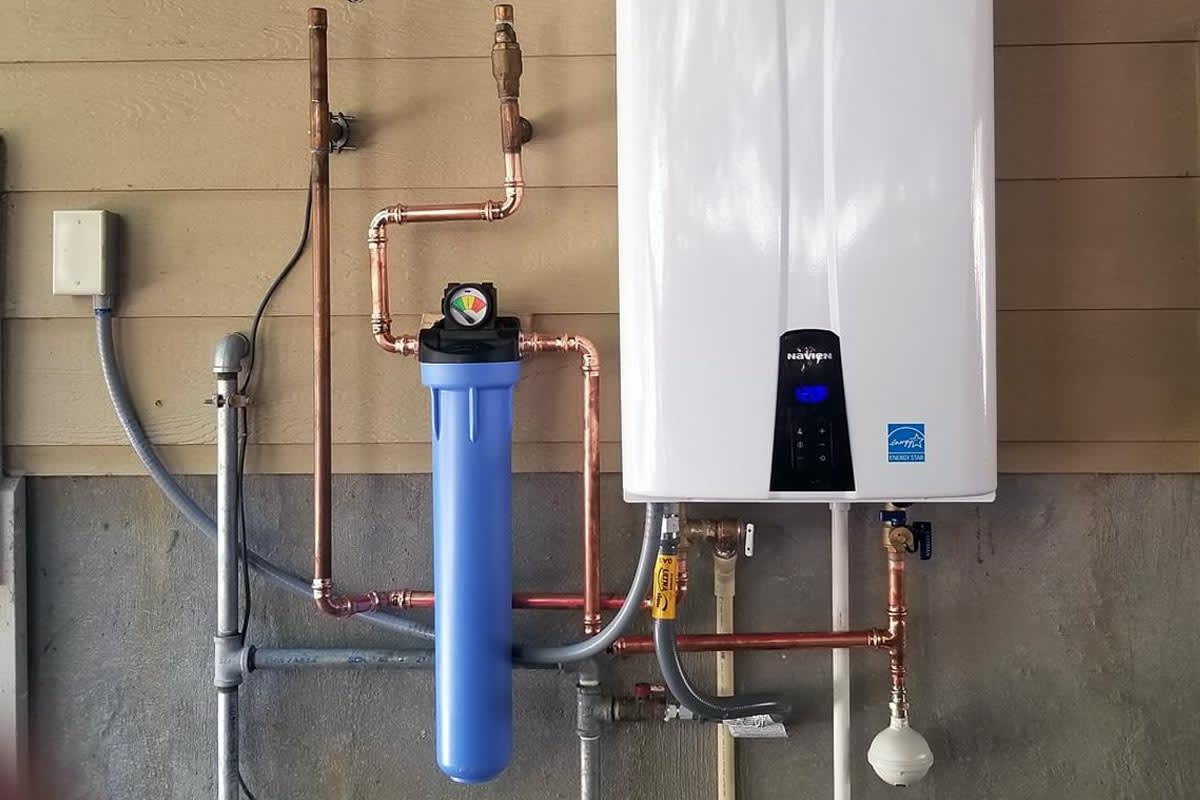The content listed below pertaining to How to Maintain a Hot Water Heater in a Few Simple Steps is relatively compelling. Don't skip it.

Warm water is crucial for everyday convenience, whether it's for a rejuvenating shower or washing recipes. To ensure your warm water system runs successfully and lasts longer, normal maintenance is vital. This short article gives functional suggestions and understandings on how to keep your home's hot water system to prevent disruptions and expensive fixings.
Intro
Maintaining your home's hot water system could seem complicated, but with a few easy steps, you can guarantee it runs smoothly for years to find. This overview covers everything from recognizing your warm water system to DIY maintenance ideas and recognizing when to hire expert aid.
Value of Keeping Your Warm Water System
Regular maintenance not only prolongs the lifespan of your hot water system yet additionally ensures it operates effectively. Ignoring upkeep can lead to reduced effectiveness, greater power costs, and also early failing of the system.
Indicators Your Warm Water System Demands Upkeep
Recognizing when your warm water system requires focus can protect against major problems. Watch out for signs such as irregular water temperature level, unusual sounds from the heating unit, or rusty water.
Recognizing Your Hot Water System
Before diving into maintenance jobs, it's helpful to understand the basic parts of your hot water system. Generally, this includes the water heater itself, pipelines, anode rods, and temperature level controls.
Regular Monthly Maintenance Tasks
Routine regular monthly checks can help capture minor issues prior to they rise.
Purging the Hot Water Heater
Flushing your water heater removes sediment buildup, improving efficiency and prolonging its life.
Checking and Replacing Anode Rods
Anode poles protect against deterioration inside the container. Checking and replacing them when worn out is vital.
Checking and Changing Temperature Settings
Adjusting the temperature level settings makes certain ideal performance and safety.
Do It Yourself Tips for Upkeep
You can carry out several maintenance tasks yourself to maintain your warm water system in top problem.
Looking for Leaks
Routinely examine pipes and links for leaks, as these can lead to water damages and higher costs.
Checking Stress Relief Valves
Examining the pressure relief valve guarantees it functions appropriately and stops extreme pressure build-up.
Protecting Pipes
Shielding hot water pipelines minimizes warmth loss and can save power.
When to Call a Professional
While do it yourself upkeep is helpful, some problems require expert proficiency.
Facility Issues Calling For Professional Assistance
Examples consist of major leaks, electric problems, or if your hot water heater is consistently underperforming.
Routine Professional Upkeep Benefits
Expert upkeep can include extensive inspections, tune-ups, and making sure compliance with security criteria.
Conclusion
Routine upkeep of your home's warm water system is vital for performance, durability, and price financial savings. By following these pointers and understanding when to seek professional help, you can make certain a reputable supply of warm water without unexpected disruptions.
How to Maintain an Instant Hot Water Heater
- Before tinkering with your hot water heater, make sure that it’s not powered on. You also have to turn off the main circuit breaker and shut off the main gas line to prevent accidents. Also turn off the water valves connected to your unit to prevent water from flowing into and out of the appliance.
- 2. When you’re done, you have to detach the purge valves’ caps. These look like the letter “T” and are situated on either side of the water valves. Doing so will release any pressure that has accumulated inside the valves while at the same time avoid hot water from shooting out and burning your skin.
- 3. When the purge valves’ caps are removed, you have to connect your hosing lines to the valves. Your unit should have come with three hoses but if it didn’t, you can purchase these things from any hardware or home repair shops. You can also get them from retail stores that sell water heating systems. Read the user’s manual and follow it to complete this task properly. When the hosing lines are connected, open the purge port’s valves.
- 4. You should never use harsh chemical cleaners or solutions when cleaning your unit. Make use of white vinegar instead. It should be undiluted and you’ll probably use about 2 gallons.
- 5. Now flush your water heater. This task should probably take about 40 minutes. We can’t give you specific directions for this because the procedure is carried out depending on the type, model and brand of your heater. With that being said, refer to the user’s manual.
- 6. When you’re done draining the unit, you have to turn off the purge port valves again. Remove the hosing lines that you earlier installed on each of the water valves. Put the valve caps (purge port) back in their respective places and be very careful so as not to damage the rubber discs that are found inside these caps.
- 7. Now that everything’s back in place, check your user’s manual again to find out how to reactivate your water heating system.
- 8. Once it is working, turn one of your hot water faucets on just to let air pass through the heater’s water supply pipes. Leave the tap on until water flows smoothly out of it.
https://www.orrplumbing.com/blog/2014/september/how-to-maintain-an-instant-hot-water-heater/

As a passionate reader about How to Maintain a Hot Water Heater in a Few Simple Steps, I assumed sharing that piece of content was valuable. In case you enjoyed reading our page please be sure to share it. Thank you for being here. Return soon.
Visit My Web Page
Comments on “Efficient Strategies for Caring for Your Home's Hot Water SystemExpert Tips on Caring for Your Home's Hot Water SystemStep-by-Step Guide to Caring for Your Home's Hot Water System”